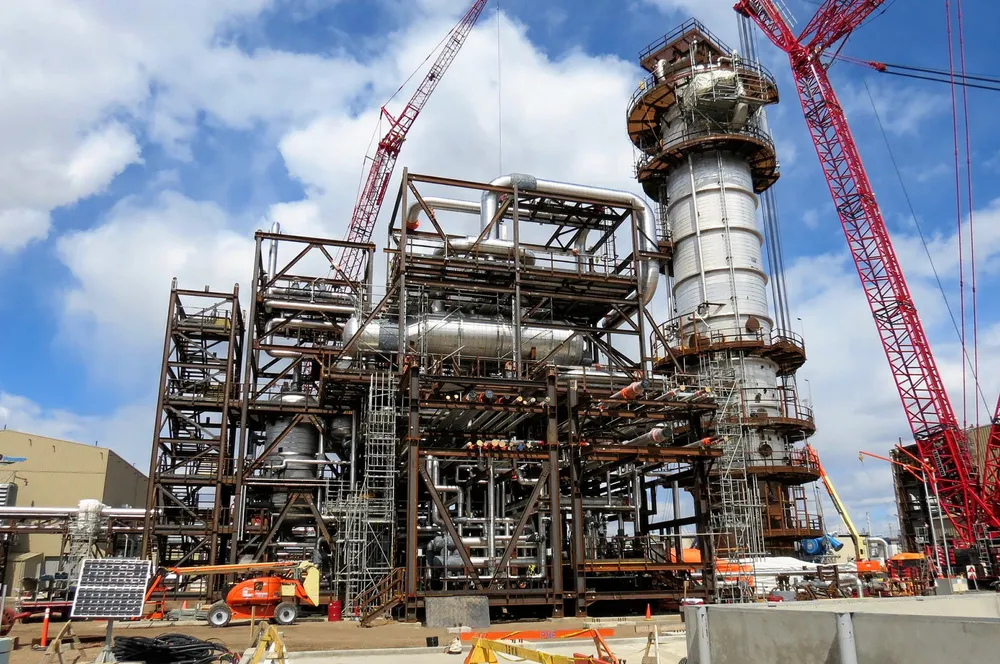Involvement in blue hydrogen will negatively impact companies’ long-term credit ratings: Moody’s
‘High implementation risks’ of green hydrogen projects may also hit ratings, but to a lesser degree, agency adds

‘High implementation risks’ of green hydrogen projects may also hit ratings, but to a lesser degree, agency adds
